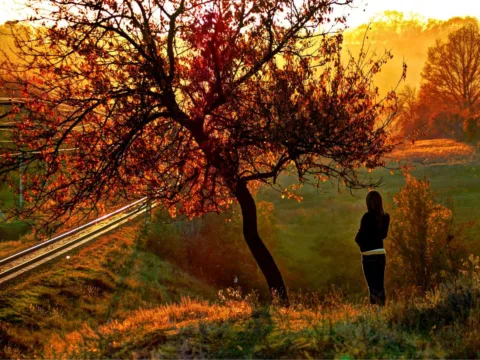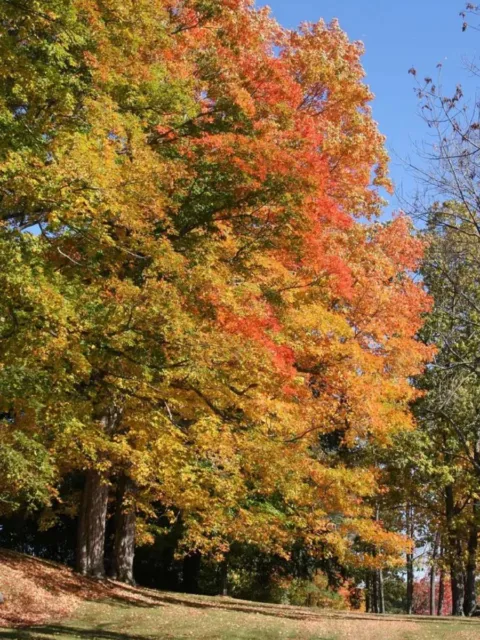
There are many terms and phrases used when discussing weather and meteorology, including Indian Summer.
Many may have heard some of these phrases before. In fact, some of these terms (sleet, hurricane, lightning, barometer) you’ve probably heard of since your youngest years and easily understand.
Other terms, however, you may not have heard of, or perhaps you realize that you never really knew what they meant. This is especially true for “regional” terms — weather words used frequently in one part of the country, but not very often in another.
One such example is Indian Summer.
Let’s briefly explore here what an Indian Summer is…
While Indian Summer is not the formal name of any time of year, it is a commonly used expression that describes the sunny, warm days of fall after the color of the leaves start to change and after a frost, but before any snowfall has occurred.
As the Farmers’ Almanac describes, Indian summer” is a phrase most North Americans use to describe an unseasonably warm and sunny patch of weather during autumn.
Also, because the transition period of warm weather to cool weather progresses from the north to the south, Indian Summers may occur numerous times during the year, if in different parts of the country.
Indian Summers are generally regarded as a type of weather event that would occur in the northeastern United States.
Because bold foliage colors and a prior frost are necessary for an Indian Summer, the northeastern United States does seem an obvious prime spot for an Indian Summer.
However, Indian Summers can occur nearly anywhere in the country, but especially in the Midwest and Central Atlantic (along with the Northeast).
Generally, an Indian Summer occurs during October through early November.
However, based on the weather elements needed for an Indian Summer to occur, it is possible that some could consider a string of warm days during December and January as an Indian Summer.
That is a question you and many others have asked — often without any substantial answer.
In fact, there is not any known reason why the word “Indian” is used, but people have pondered the origin of the term Indian Summer for decades.
Here are a few of the theories posed on “The Phrase Finder“:
– “The haziness of the Indian Summer weather was caused by prairie fires deliberately set by Native American tribes.”
– “It was the period when […] Native American peoples harvested their crops.”
– “It originated from raids on European settlements by Indian war parties, which usually ended in autumn.”
More About Indian Summers

As you can see, the rules for Indian Summers are not hard and fast. But the term generally refers to warm weather during the midst of fall, mainly occurring between periods of cold weather. The weather is relatively hazy and balmy, and the leaves are boldly colored.
Indian Summers, in many ways, are like nature’s gift of reprieve from the cold weather before winter’s frigid temperatures and snow.




